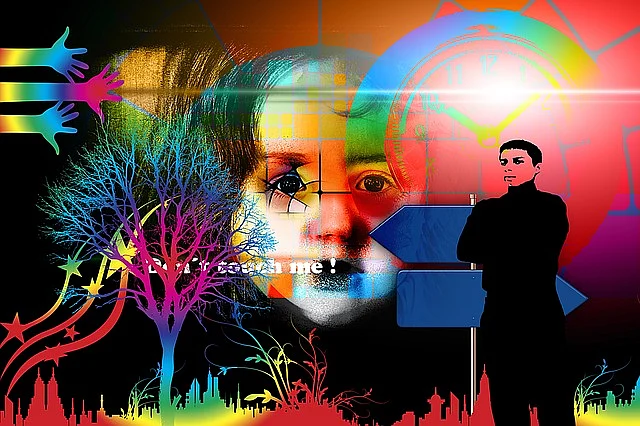When Indians woke up on June 26, 1975 to hear on the 6 am news on the All India Radio that the President had proclaimed Internal Emergency in the country, only few realised what the consequences would be.
The proclamation of Emergency was under the provisions of the Constitution and meant the suspension of Fundamental Rights, especially the Freedom of Speech. Even before leaders of the political parties opposed to the Congress could protest against Emergency, they were arrested and jailed.
It was a massive crackdown, with most of the leaders being arrested between 2 am and 4 am in the night of June 25. The power supply to newspapers in New Delhi was suspended at the time newspapers were to be printed on June 25, to prevent newspapers from being published. It should be noted that all this happened when there was no internet, hence no Google or social media. There were no private television channels and the only channel was Doordarshan, the public broadcaster. Television and radio broadcasts were not 24x7 as it exists today, thanks to the advent of private television channels.
The youth of that period did not have the distractions of the social media and thousands of youth spent time reading newspapers and books, thus making them aware of issues before the country. The Navanirman Andolan in Gujarat in 1974 had awakened the students and youht. The root of that agitation was in a protest by students against the increase in the mess prices in their hostels in December 1973 and this soon converted into the Navnirman Andolan in the following January, with students and the middle-class raising their voice against the rising prices and corruption in the society.
Around the same time Jayaprakash Narayan, a freedom fighter, who had migrated from Congress to the Socialist Party in the country, led an agitation of youth and students in Bihar. He was popularly known as JP.
JP sought the dissolution of the Bihar Legislative Assembly because of the government’s failure to control inflation, the rising unemployment and the improper food supplies in the state. At a rally in Patna, JP called for a total revolution and appealed to the police and the army to disobey unconstitutional orders from the government. He called for the resignations of Prime Minister Indira Gandhi and Abdul Chief Minister Abdul Ghafoor.
While this was happening, the Allahabad High Court nullified Indira Gandhi’s election to the Lok Sabha and disqualified her from contesting elections.
In this background, the Union Cabinet advised the President to proclaim Internal Emergency, with the government claiming that there was a threat to the sovereignty of the country, especially in the light of JP’s appeal to the police and the army.
Soon news was being censored and the Indian Express left blank space on its pages, as a mark of protest against the censorship. Some other newspapers also followed, but fresh orders were issued against leaving blank spaces. Numerous journalists, students and youth were arrested.
Many individuals, including students and youth, brought out underground newsletters. though there was fear of being arrested. Bringing out underground newspapers or newsletters was not easy as, there was a check on printing presses. Photocopying had not arrived in India, so cyclostyling became popular. Precaution had to be taken to ensure that the stencils required for it, the ink and the paper were not bought in bulk from any dealer, as the police kept a watch on the use of such material.
Anybody could be arrested without warrant under the provisions of the Maintenance of Internal Security Act (MISA).
Quotes from the works of Mahatma Gandhi or Jawaharlal Nehru were banned and those quoting these great leaders on democracy or people’s rights were jailed. Those using badges with a caricature of Mahatma Gandhi, with the words Nirbhay Bano, were also arrested. Anti-emergency messages were found on the walls of public toilets and in washrooms in colleges and offices.
Things are no different now. Journalists and creative persons are arrested for criticising the government. There is inflation and unemployment, yet the youth and the public at large are silent on the issue. The media is scared to speak about these issues and the young have lost the courage to raise their voice on the burning issues before the nation.













